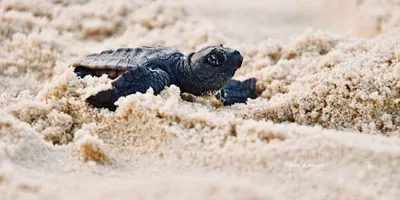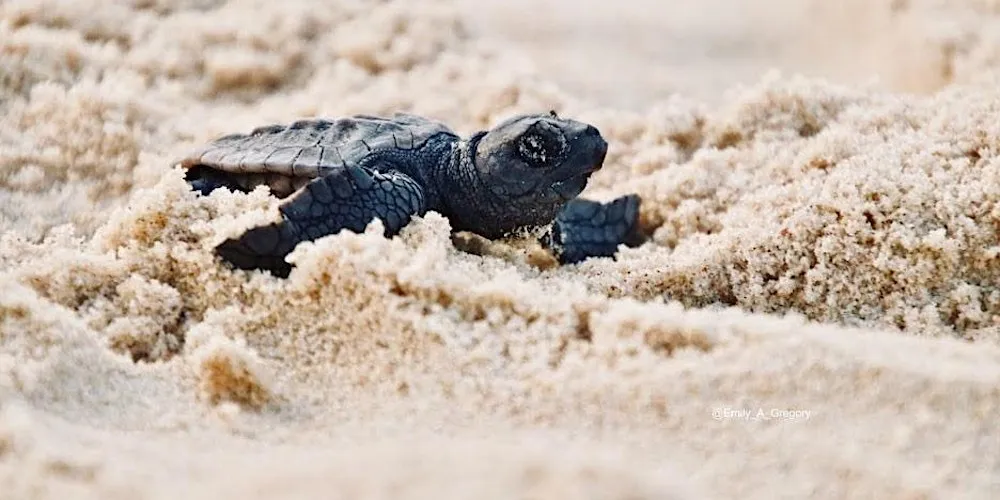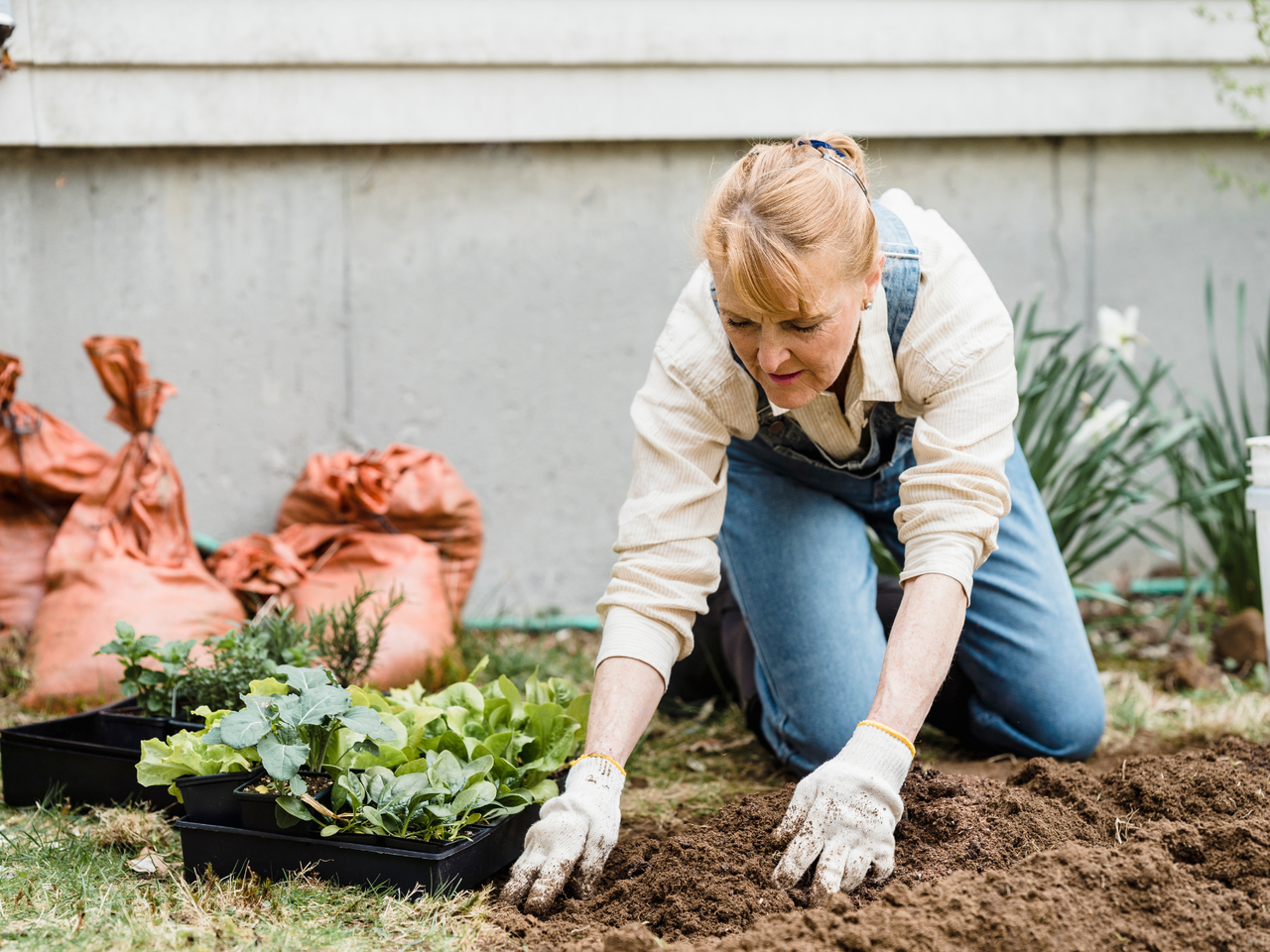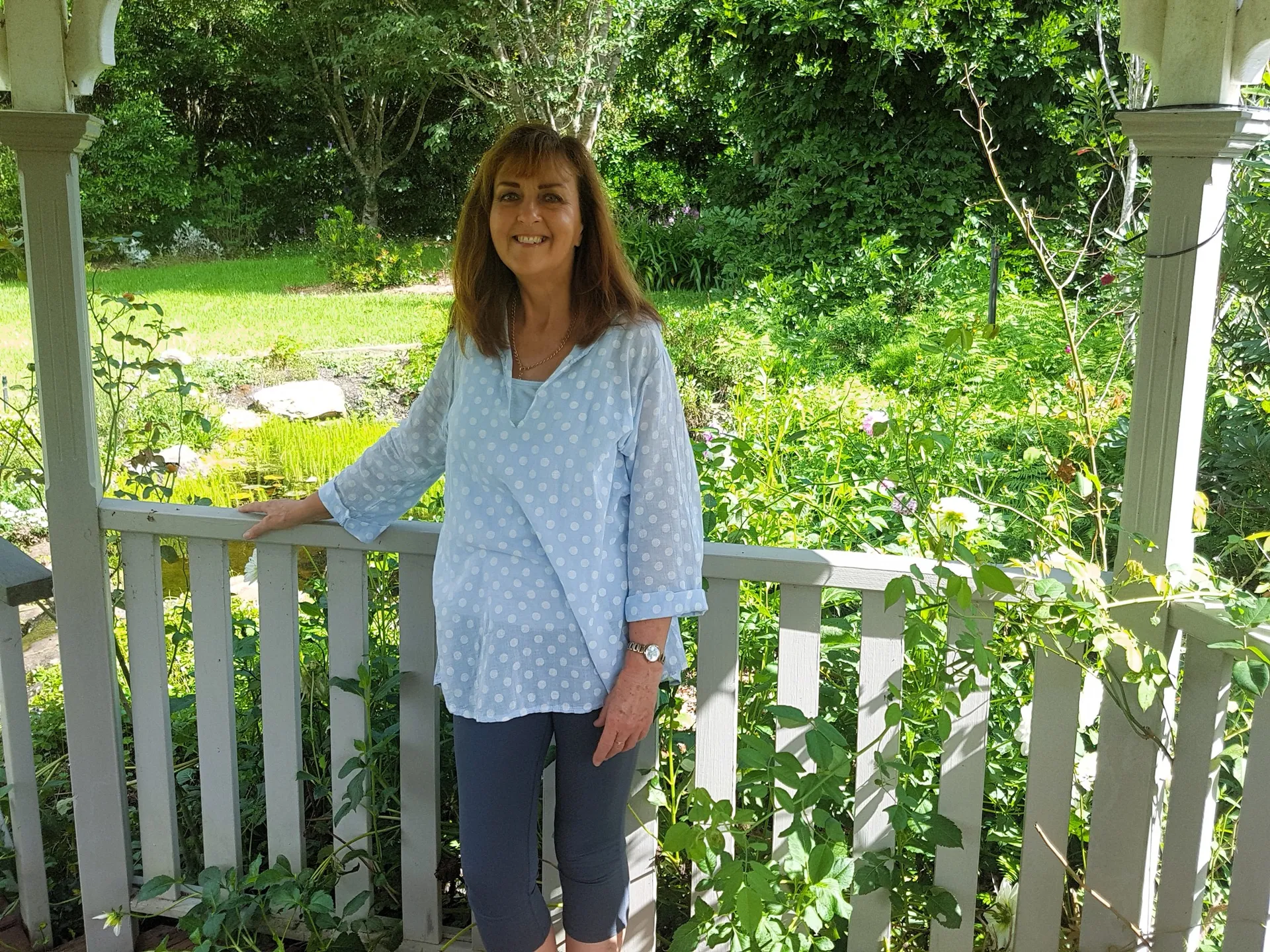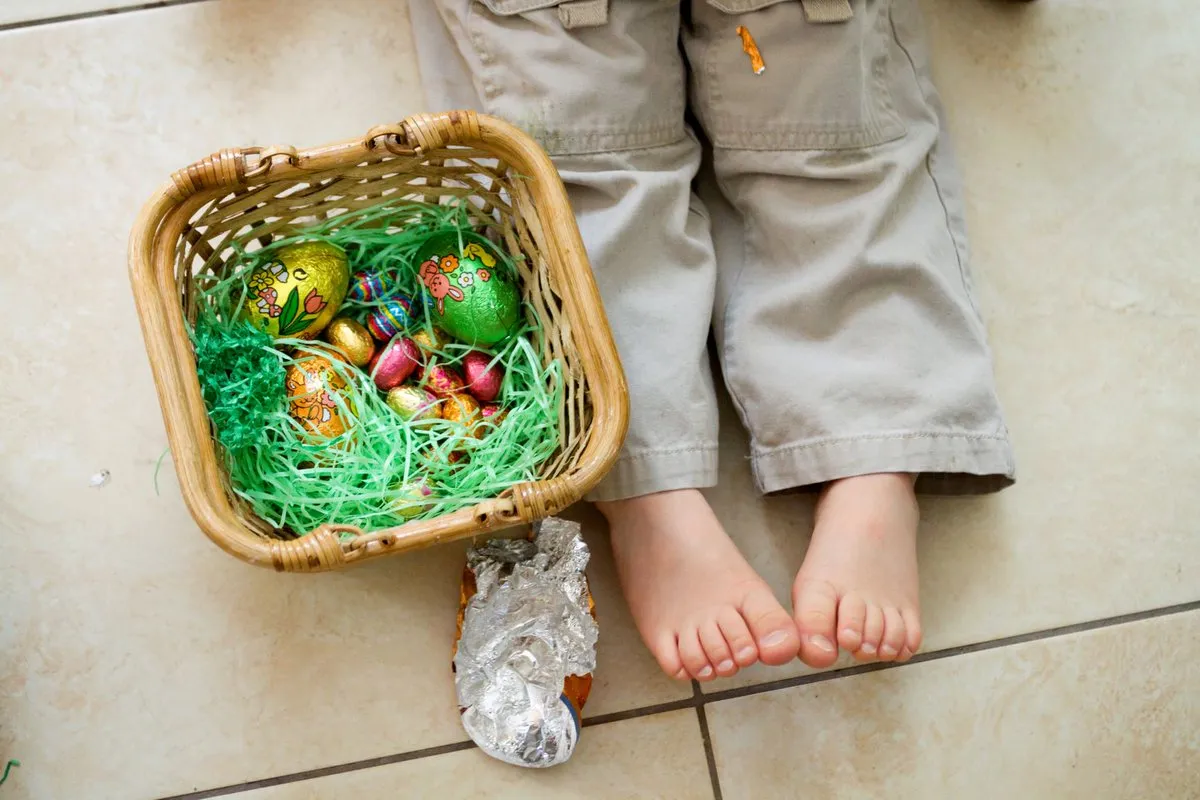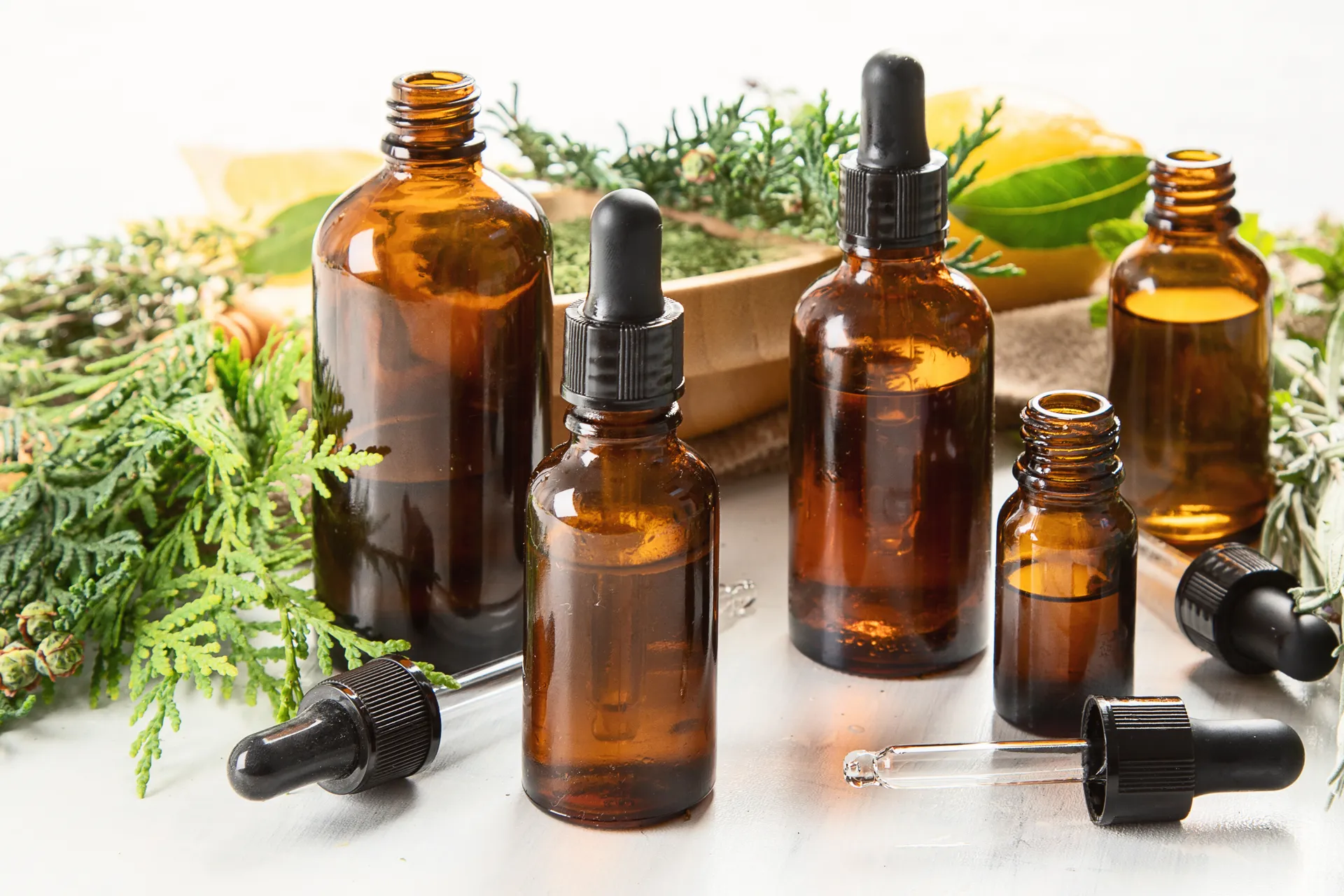Harvesting seeds is simpler than you might think

Find out how to harvest seeds from your own garden and how Sunshine Coast seed libraries fit in
Just like your typical library borrowing experience, the Seed Library allows you to "borrow" seeds from a library to cultivate at home.
Seed libraries flourish thanks to the generosity of knowledgeable home gardeners who save and return their surplus seeds to libraries once the plants have matured.
By donating seeds, you contribute to building a stronger, more resilient local food system, ensuring that your community has access to a variety of plant species.
Harvesting seeds is easier than you might think!
- Select a healthy and productive plant from your garden.
- Let the plants, fruits, flowers, or seed pods fully mature.
- Once matured, gather the seeds, clean them by removing any pulp or debris, and allow them to dry completely.
- Store the seeds in envelopes or jars to preserve their viability, making sure to note the plant variety and harvest date.
- Place them into a donations box at your nearest Sunshine Coast Library.
Donate
You can donate an assortment of seeds, including fruits, vegetables, herbs, flowers, and native plants.
Many plant types produce seeds that you can save from one year to sow the next, allowing you to grow the same varieties in your garden again.
The best candidates for saving seeds are heirlooms, traditional varieties, and open-pollinated plants, as their seeds typically yield plants resembling their parent plants.
If you save seeds from hybrids, they may not produce the exact same plants the following year. However, experimenting with hybrids can be a fun way to see what you get from saved seeds.
Tips for saving perennial seeds
You can begin planting most perennial seeds in the garden during Autumn. Start them in a protected area with loose, well-drained soil. Water them thoroughly after planting and cover lightly with mulch. They will endure the winter and sprout in spring.
Alternatively, you can store the seeds and start them indoors in late winter or very early spring. Don't expect them to bloom in their first year, as the plants will focus on developing roots and leaves; most will flower in the second year.
Some of the easiest perennial flowers to collect seeds from include:
- Blackberry lily
- Black-eyed Susan
- Coneflower
- False sunflower
- Meadow rue
- Obedient plant
- Perennial sunflower
- Perennial sweet pea
- Veronica
Directions for saving seeds
Perennial seeds are ready for harvest after the flowers have finished blooming, and the petals have either turned brown or fallen off. Follow these steps:
- Cut the flower head with scissors or a knife.
- Collect the ripe seeds from the flower head and place them on waxed paper.
- Allow the seeds to dry for about a week.
- Clean the seeds by removing any husks or pods.
- Place the seeds in an envelope, seal it, and store in an airtight container in a cool, dark, and dry location.
- Sow the seeds in spring. You can plant them directly in the garden or get a head start by starting them indoors.
Tips for saving seeds from annuals
Similar to many perennials, numerous annual plants also have easily saved seeds. Harvest them after the flowers bloom, and use the same instructions mentioned above for saving perennial seeds.
Some of the easiest annual flowers to collect seeds from include:
- Cleome
- Larkspur
- Marigold
- Morning glory
- Nasturtium
- Poppy
- Snapdragon
Tips for saving fruit and vegetable seeds
The simplest seeds to save from your garden include cucumbers, beans, peas, peppers, tomatoes, watermelons, and melons. These fruit and vegetable seeds self-pollinate (requiring no pollen from a different flower) and are easy to store.
Categories:
